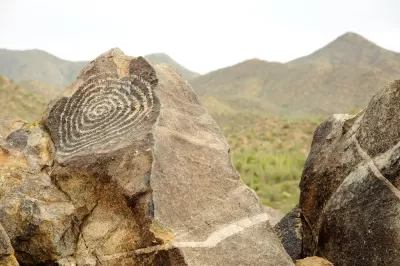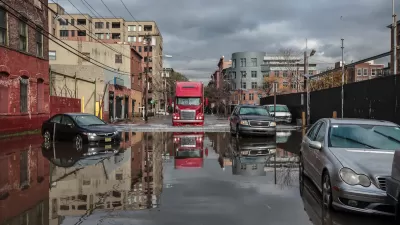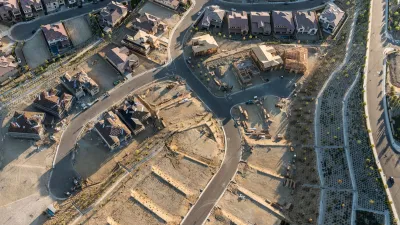The University of Arizona will leverage traditional STEM education to partner with local indigenous tribes to find and implement culturally appropriate solutions to the challenges of climate change and other environmental risks.

The University of Arizona recently announced the creation of an Indigenous Resilience Center.
According to an article by Kyle Mittan, the Indigenous Resilience Center "will be a partnership between Native nations and the university's Arizona Institutes for Resilience, Agnese Nelms Haury Program in Environment and Social Justice and multiple faculty members and academic programs that focus on supporting the resilience of Native and Indigenous communities." Karletta Chief, a professor of environmental science in the College of Agriculture and Life Sciences, will serve as the center's director.
"The center's faculty members will lead research projects and design courses that blend traditional STEM education with topics such as Native and Indigenous knowledge, tribal consultation, research ethics, natural resource management, tribal environmental health and more," adds Mittan.
FULL STORY: UArizona Launches Center to Advance Resilience of Native Nations, Address Environmental Challenges

Alabama: Trump Terminates Settlements for Black Communities Harmed By Raw Sewage
Trump deemed the landmark civil rights agreement “illegal DEI and environmental justice policy.”

Planetizen Federal Action Tracker
A weekly monitor of how Trump’s orders and actions are impacting planners and planning in America.

The 120 Year Old Tiny Home Villages That Sheltered San Francisco’s Earthquake Refugees
More than a century ago, San Francisco mobilized to house thousands of residents displaced by the 1906 earthquake. Could their strategy offer a model for the present?

Opinion: California’s SB 79 Would Improve Housing Affordability and Transit Access
A proposed bill would legalize transit-oriented development statewide.

Record Temperatures Prompt Push for Environmental Justice Bills
Nevada legislators are proposing laws that would mandate heat mitigation measures to protect residents from the impacts of extreme heat.

Downtown Pittsburgh Set to Gain 1,300 New Housing Units
Pittsburgh’s office buildings, many of which date back to the early 20th century, are prime candidates for conversion to housing.
Urban Design for Planners 1: Software Tools
This six-course series explores essential urban design concepts using open source software and equips planners with the tools they need to participate fully in the urban design process.
Planning for Universal Design
Learn the tools for implementing Universal Design in planning regulations.
Clanton & Associates, Inc.
Jessamine County Fiscal Court
Institute for Housing and Urban Development Studies (IHS)
City of Grandview
Harvard GSD Executive Education
Toledo-Lucas County Plan Commissions
Salt Lake City
NYU Wagner Graduate School of Public Service





























